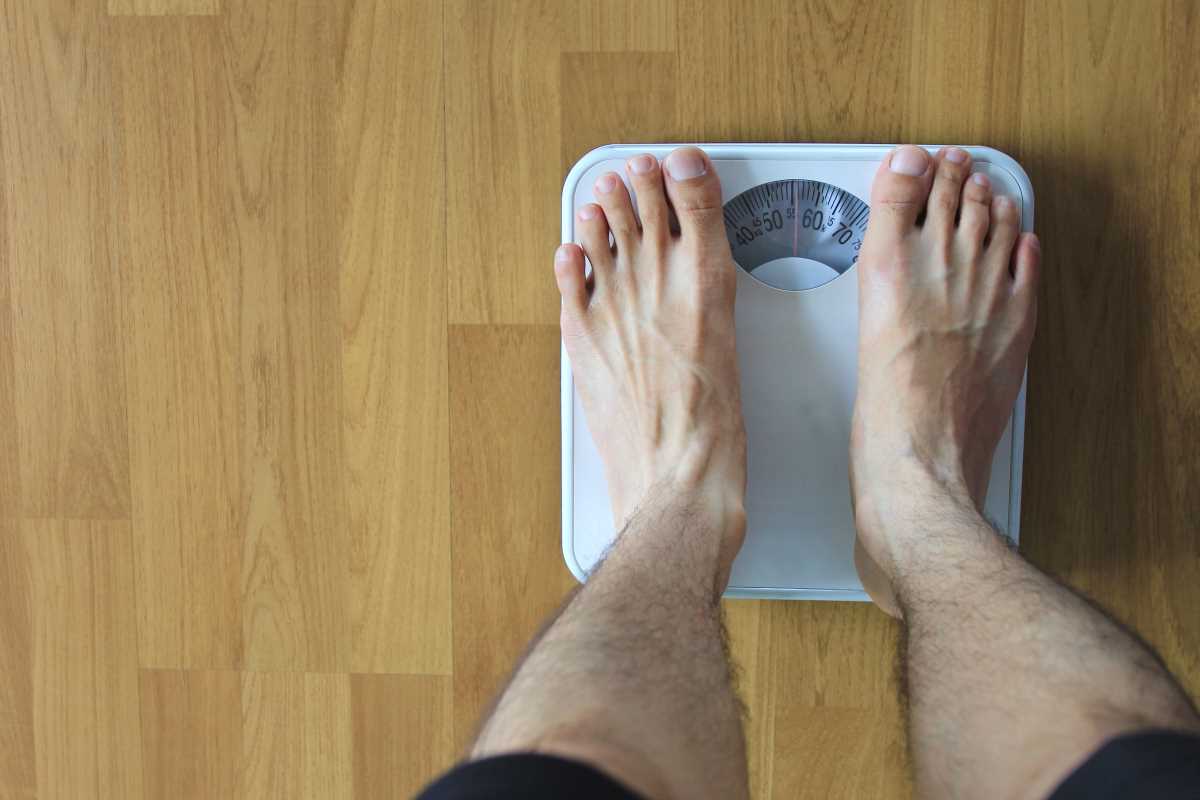Working from home has many perks, but hours spent hunched over a laptop on the couch or kitchen table can take a serious toll on your posture. Poor posture not only leads to back and neck pain but can also affect your energy levels, focus, and overall well-being. But don’t worry—even small adjustments can make a big difference.
Here are eight practical ways you can improve your posture while working from home, along with some helpful product recommendations to make it easier to prioritize your comfort and health.
1. Set Up an Ergonomic Workspace
Your workspace setup plays a critical role in maintaining proper posture. A poorly positioned chair, desk, or screen can force you into uncomfortable angles, putting strain on your neck, shoulders, and spine.
How to Do It:
- Desk Height: Your desk should allow your elbows to stay bent at a 90-degree angle when typing.
- Monitor Position: Adjust your monitor so the top of the screen is at eye level. This prevents you from craning your neck or tilting your head downward.
Recommended Products:
- Adjustable Standing Desk: A desk that can switch between sitting and standing heights encourages movement and keeps your body aligned.
- Monitor Riser Stands: These inexpensive tools elevate your screen to reduce neck strain.
Pro Tip: Take a moment to declutter your workspace. A clean, organized area can help you move more freely and maintain better posture.
2. Invest in an Ergonomic Chair
One of the most impactful upgrades you can make is switching to an ergonomic chair designed to support your back and promote proper alignment. These chairs encourage a neutral spine position, minimizing discomfort during long hours at the desk.
Look for Chairs With These Features:
- Adjustable seat height.
- Lumbar support to maintain your lower back’s natural curve.
- Armrests that support your elbows and shoulders without hunching.
Recommended Product:
- Herman Miller Aeron Chair (premium option): Famous for its advanced ergonomic design.
- Hbada Office Task Chair (budget-friendly): Compact with adjustable features.
Pro Tip: Sit with your feet flat on the floor and avoid crossing your legs to maintain good alignment.
3. Use a Lumbar Support Pillow
If upgrading your chair isn’t possible, a lumbar support pillow can work wonders. These pillows fit snugly against the curve of your lower back, helping you sit upright and reducing pressure on the spine.
Benefits:
- Prevents slouching, especially during long meetings or concentrated tasks.
- Aligns the lower spine for better overall posture.
Recommended Product:
- Everlasting Comfort Lumbar Pillow: Affordable and easily attachable to most chairs.
Pro Tip: Combine a lumbar pillow with a cushioned seat pad for added comfort and support.
4. Take Frequent Breaks to Move
Sitting still for extended periods worsens posture and contributes to stiffness. Taking frequent breaks to stretch and move around is one of the simplest ways to reset your posture and avoid muscle fatigue.
How Often Should You Move?
- Aim for a 5-minute break every 30 minutes or a 10-minute break every hour.
Activity Ideas:
- Do a quick stretch focusing on your back, shoulders, and neck (try the seated spinal twist or shoulder rolls).
- Take a lap around your house or climb stairs to get your blood flowing.
Pro Tip: Use the Pomodoro Technique to time your breaks and ensure you stay consistent.
5. Practice Core-Strengthening Exercises
A strong core is essential for good posture. Your core muscles support your spine and keep your body aligned, especially during seated work. Regular core exercises can improve your endurance and help you sit upright for longer periods.
Exercises to Try:
- Planks: Hold a forearm or full plank for 20–30 seconds.
- Bird Dog Exercise: While on all fours, extend one arm and the opposite leg. Hold for a few seconds, then switch.
- Seated Pelvic Tilts: Gently tilt your pelvis forward and back while seated.
Pro Tip: Incorporate these exercises into your morning routine or take 10 minutes before lunch to work on them.
6. Position Your Keyboard and Mouse Correctly
Typing or using a mouse placed too high or far away can strain your wrists, shoulders, and upper back. Positioning these tools correctly ensures your arms, shoulders, and wrists are at a comfortable angle.
Tips for Proper Placement:
- Keep your keyboard at elbow height.
- Place your mouse close to your keyboard.
- Use a wrist rest to support your hands and reduce unnecessary strain.
Recommended Products:
- Ergonomic Keyboard and Mouse Combo (like Logitech MK270): Designed for a natural hand position.
Pro Tip: Remember to frequently relax your shoulders to prevent tension from building up.
7. Use a Standing Desk Converter
If you don’t want to replace your desk entirely, a standing desk converter offers a versatile and affordable solution. Switching between sitting and standing throughout the day relieves pressure from your spine and helps maintain a neutral posture.
Benefits:
- Keeps your body in motion, which improves circulation and reduces stiffness.
- Prevents the common hunched-over position associated with constant sitting.
Recommended Product:
- Flexispot Standing Desk Converter: Sturdy and easy to adjust.
Pro Tip: Alternate between standing and sitting every 45–60 minutes for the best results.
8. Be Mindful of Your Screen Time Habits
Posture isn’t just affected by how you work; it’s also influenced by how you spend time outside working hours. Constantly looking down at your phone or slouching on the couch while streaming shows can undo all the progress you’ve made.
Small Changes That Add Up:
- Look Straight Ahead: Hold your phone at eye level instead of craning your neck downward.
- Choose Supportive Seating: Avoid sitting on overly soft couches for long periods.
- Stretch While Watching TV: Multitask by incorporating simple stretches during your screen time.
Pro Tip: Use apps that remind you to correct your posture or balance your screen usage.
How to Incorporate These Tips Into Your Routine
Improving your posture doesn’t need to feel overwhelming. Start small by integrating one or two changes, then gradually build on those habits until they become a natural part of your workday. Here’s a simple plan to get started:
- Week 1: Focus on setting up an ergonomic workspace. Adjust your chair, desk, and monitor.
- Week 2: Add a few stretches or core exercises during your breaks.
- Week 3: Introduce movement into your routine with a standing desk converter.
Working from home can make it easy to slip into bad posture habits, but with a few simple changes, you can take control of your health and feel your best. Whether it’s investing in an ergonomic chair, incorporating strength-building exercises, or taking regular breaks to move, small efforts can lead to big results over time.






.jpg)
